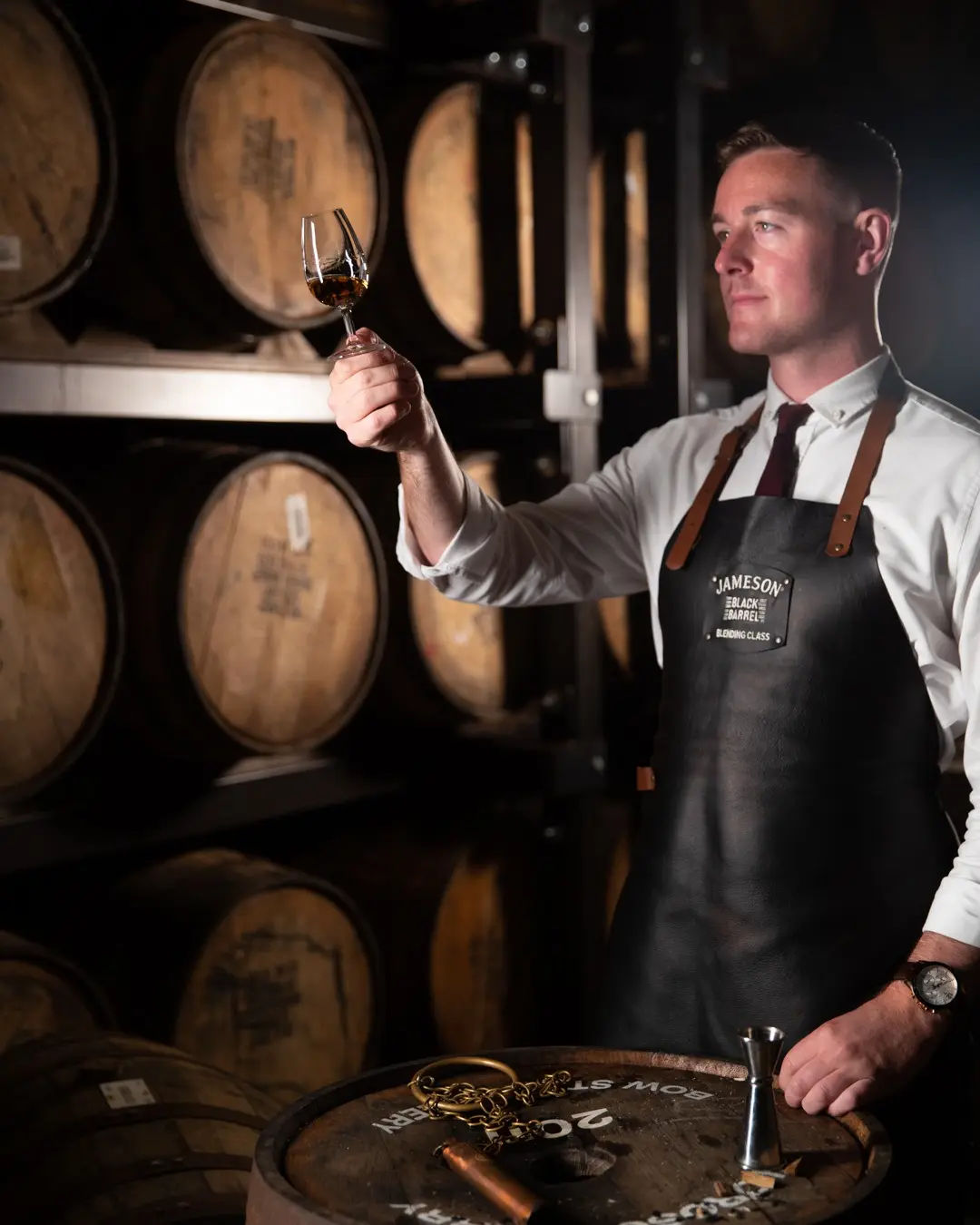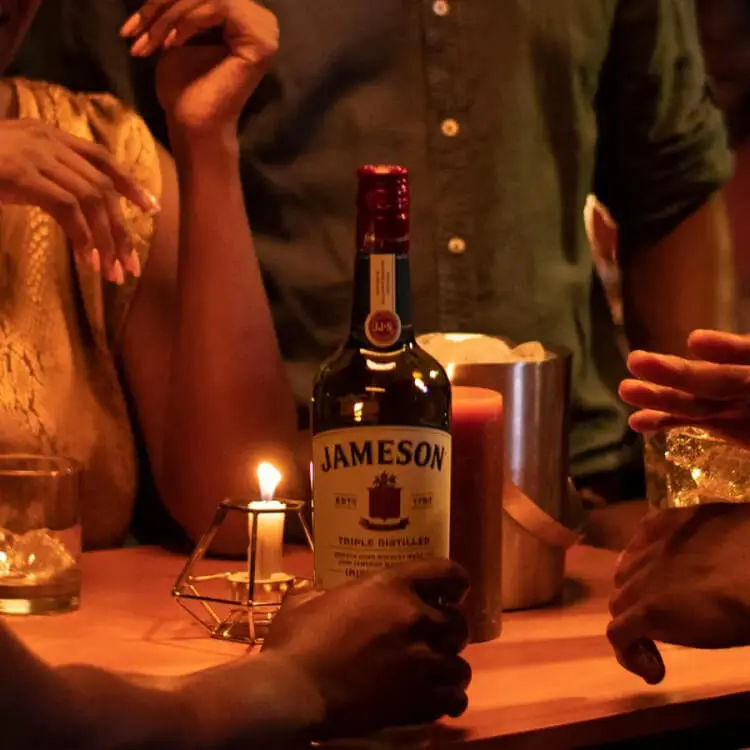The 4 Different Types of Irish Whiskey
Whether you’re just getting into whiskey or you’re a master at knowing your Single Pot Still from your blended, the specifics of different whiskeys on the market can often stump even the best of them. That’s why Jameson is here with a go-to guide for understanding each whiskey, so you can know the best Irish whiskey to drink straight, the best Irish whiskey for hot whiskey and what to mix with Irish whiskey, because it’s the subtleties that help you truly enjoy your serve. You ready? Let’s get started.
What Defines Irish Whiskey?
What defines Irish whiskey and makes whiskey distinctly Irish? Depending who you ask, you might get different answers to this question, but if we’re sticking to the facts, Irish whiskey, by law, must spend a minimum of three years maturing on the island of Ireland to be classed as an ‘Irish Whiskey’. Now we’ve got the legalities out of the way, there’s so much more to Irish whiskey than just the legal definition, and that’s why Jameson has been crafting whiskey with courage and a collective appreciation for taste for over 200 years—let’s just say we’ve learned a thing or two in our time. So if you want to tell your Single Grain from your Single Pot Still, read on to find out different types of Irish whiskey and what the names really mean…
Blended Irish Whiskey
Now we’ll kick off our overview of the whiskeys worth talking about with Jameson’s personal favourite—and our way of making whiskey—Blended Irish whiskey. Blended Irish whiskey is one of Ireland’s most popular exports, so we may be biased, but we think that means it’s the best… right?
Blended Irish whiskey means that blends of a Single Grain and Single Malt whiskeys, as well as Single Pot Still Irish whiskey with its two distinctive components, malted and unmalted barely, are blended to make a whiskey which contains its own unique palette, nose and aroma. The definition for Blended Irish whiskey was coined way back in the 19th century by Dublin Distillers to make a lighter, more approachable whiskey—and their innovation worked, Blended whiskeys are a fan favourite across the world for the base of whiskey cocktails.
After 200 years of honing our craft, we’ve found that perfect blend from grain to glass. While every Blended whiskey will have its own edge, Billy Leighton, Head Blender at Jameson, only uses whiskeys that were reared on the grounds of the distillery, as a result we’re able to produce a wide variety of different whiskeys without having to knock on any other distilleries doors. Now, it goes without saying that to get that Blended Irish whiskey you need to first create those Single Grain and Single Malt whiskies. Let’s dive into them next.

Single Malt Irish Whiskey
First up is Single Malt Irish whiskey, which gets its name from being made entirely from malted barley that is produced in one single distillery. While this aspect of a ‘Single Malt’ might be self-explanatory, another side of the ‘must dos’ include aging the whiskey for at least three years in oak barrels and a bottling of 40% ABV or higher. One more ‘must do’ to add to the list is that Single Malt whiskey is double distilled as opposed to the quintessential style of making Irish whiskey with triple distillation.
Single Grain Irish Whiskey
Now you know what’s what with Single Malt Irish whiskey, now it’s time to take a look at Single Grain Irish whiskey. Single Grain Irish whiskey, while made from any combination of cereal grains—like whole grains or cereals—is distilled in a column still in a single distillery, there can be no more than 30% malted barley in the mixture. If this sounds familiar, it’s because this is a style of Irish whiskey which is quite similar to how whiskey distilleries in the United States craft their offerings.

Single Pot Still Irish Whiskey
Last but not least is Single Pot Still Irish whiskey, the only uniquely Irish style of whiskey. Single Pot Still is created when malted and unmalted barely is triple distilled for a rich, unmistakable silkiness with distinctive pot still spices. Just like the other whiskey offerings, Single Pot Still has to be created with specified minimums: a minimum of 30% malted barley and 30% unmalted barely. This mixture of malted and unmalted barley is what gives the whiskey its distinctive spiciness known in the biz as ‘pot still character.